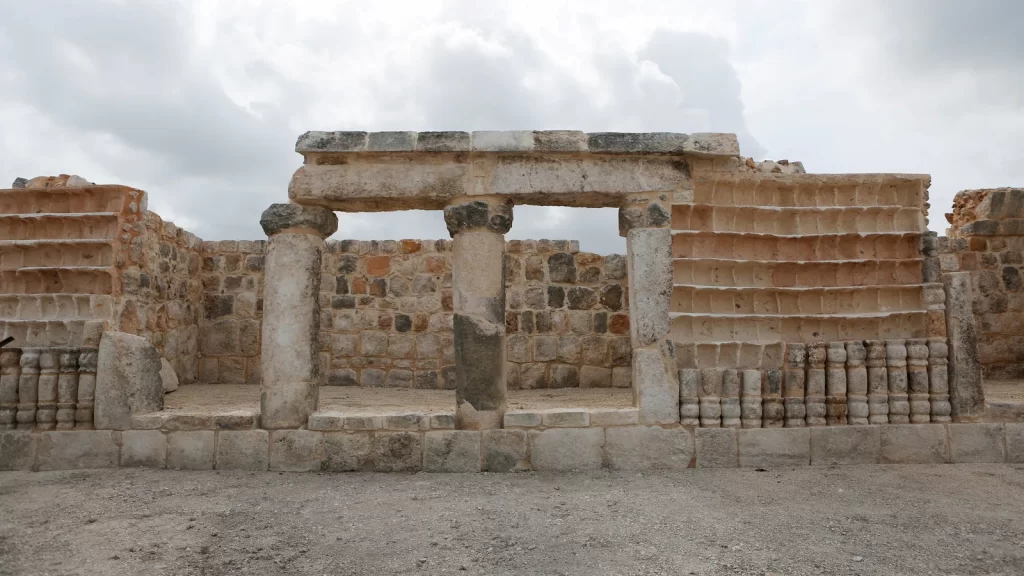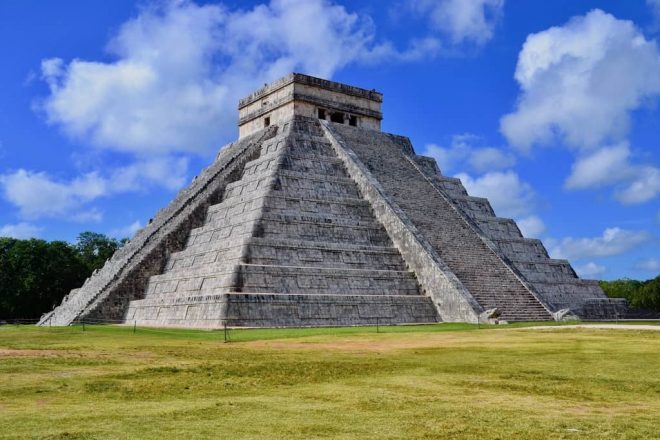Archaeologists have revealed their on the ruins of a 1,500-year-old Mayan metropolis village during construction of an industrial park on Mexico’s Yucatán peninsula, complete with palaces, pyramids, and plazas.
The construction was being done near Mérida, the Yucatán’s capital. Between 600 and 900 AD, the ancient town Mayan metropolis known as Xiol – the spirit of man – is considered to have had a population of roughly 4,000 people.
The discovery of Xiol in 2018 prompted archaeologists from the National Institute of Anthropology and History (INAH) to take over the site. The industrial estate was relocated to a new location.
The town’s architecture is similar to the Puuc style of architecture found in southern Yucatán, with blank lower surfaces topped by elaborate stone mosaics that alternate geometric patterns with figures, many of whom wear a distinctive long-nosed mask in honor of the rain god Chaac, according to legend. This style is uncommon in the Yucatán’s northern regions.



One of the INAH’s senior archaeologists, Carlos Peraza, believed the find showed something about Mayan social organization. “There were people from different social strata… priests, scribes, who lived in these enormous palaces, and there were also the common people who lived in modest dwellings,” he told German daily DW.
Researchers also unearthed the bones of 15 adults and children in a nearby burial ground, together with obsidian and flint tools, offerings, and other personal items.
The industrial park’s construction has continued in another location. “We realized the need to change our original plans because for our company, it’s more important to preserve the Mayan heritage,” said Mauricio Montalvo, one of the land’s owners.
Source: Global Construction Review
Cover photo: Lizy Travels The World El Castillo, 10 story tall pyramid at Chichen Itza.
